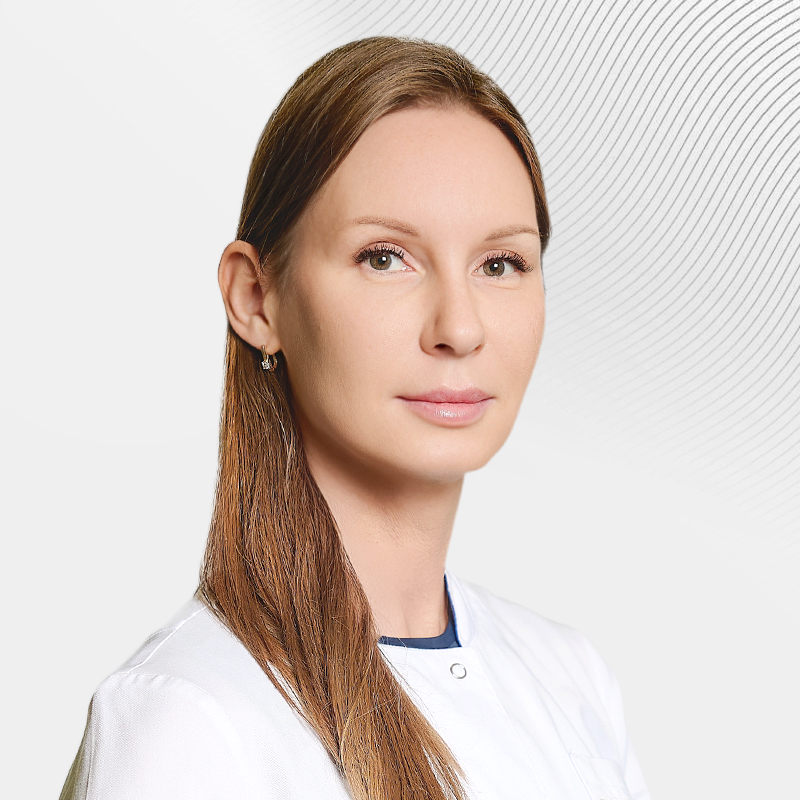Daily blood pressure Monitoring (SMAD)
Daily blood pressure monitoring, or SMAD for short, is a technique that aims to monitor blood pressure (BP) and heart rate continuously throughout the day. Thus, it is possible to obtain data on the average blood pressure figures per day, their changes, including a sharp decrease or increase.
INDICATIONS FOR SMAD
Daily blood pressure monitoring is indicated for newly diagnosed hypertension of any degree, including those bordering on normal values, with destabilization of already known arterial hypertension requiring correction of treatment, in the presence of a hereditary predisposition. SMAD is also performed if the symptomatic nature of hypertension is suspected, in order to exclude the so-called "white coat hypertension" (when elevated blood pressure values are noted only when measured in a medical facility).
Since arterial hypertension often accompanies other diseases of the cardiovascular system, as well as diseases of the brain of vascular origin and other diseases, SMAD is performed for a thorough examination in such cases. Other indications for daily blood pressure monitoring are constitutional and orthostatic hypotension. SMAD is also performed to assess the adequacy of ongoing drug therapy.
HOW IS SMAD PERFORMED
Before starting daily monitoring, a preliminary control measurement of the patient's blood pressure is performed, and the device is programmed.
The cuff of the SMA device is fixed on the passive arm of the subject: that is, for right-handed people it is superimposed on the left arm, for left-handed people, on the contrary, on the right.
During the study, in order to avoid receiving incorrect monitoring results, the patient should follow certain rules of behavior. So, at the time of blood pressure measurement, the arm on which the cuff is applied should be relaxed, lowered along the trunk. During the entire period of the SMAD, any physical activity should be avoided. In cases where blood pressure measurement occurs while walking, the patient should stop, relax and extend the arm with the cuff along the trunk, and only after waiting for the measurement to end, continue moving.
The patient does not need to monitor the readings of the SMA device until the end of the study, otherwise an effect similar to "white coat hypertension" may occur, when the data obtained during monitoring is distorted due to an alarming reaction. The same applies to the correct regime of day and night. The patient should try to sleep peacefully and not think about the operation of the SMAD device. Also, in addition to daily monitoring, notes should be made about poor health and activities at this time. SMAD is carried out for 24 or 48 hours.
SMAD RESULTS
Special software for processing the received data is supplied along with the systems for daily blood pressure monitoring. The operation of the integrated program involves the reading and automatic processing of measurement readings, with the possibility of their output in printed form.
First of all, the results of the SMAD are evaluated by calculated averages, including indicators of average systolic and diastolic blood pressure, as well as average blood pressure in general. Additionally, the heart rate is taken into account. The average values are calculated per day, for the waking period – usually the interval from 7 to 23 hours is taken for it, as well as the sleep period – from 23 to 7 hours. Any drug therapy for hypertension is aimed at changing the average values, they are also indicators of the effectiveness of treatment. At the same time, blood pressure should be normalized both during the day and at night.
In general, SMAD expands the capabilities of the attending physician both in terms of diagnosing hypertension and its effective treatment to achieve targeted results. This technique is the diagnostic basis for the formation of an individual program for the prevention of cardiovascular diseases, including acute myocardial infarction and acute cerebrovascular accident.
Get help
Specify your contacts and we will contact you to clarify the details.
Doctors

Anastasiya Titova
SP is a specialist in the diagnosis of blood vessels of various localizations, as well as EchoCG, Doctor of the highest category
-
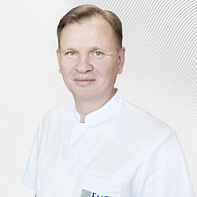
Aleksey Ivanov
Ph.D. of Medical Sciences
-
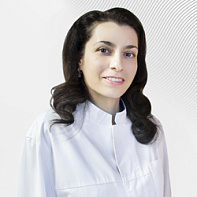
Tamara Dzhordzhikiya
Doctor of the highest category, Ph.D. of Medical Sciences
-
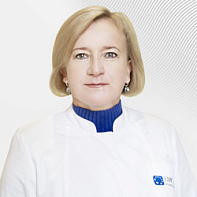
Vasilevskaya Irina
Pediatric cardiologist, polyclinic, Ph.D. of Medical Sciences
-
.jpg)
Songurov Rashid
-
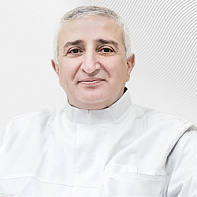
Pursanov Manolis
Doctor of Medicine, Professor
-
Sopetik Vitaliy
-

Kondrashova Evgeniya
-
.jpg)
Znamenskiy Vladislav
-
.jpg)
Rzaev Farkhad
Ph.D. of Medical Sciences
-
.jpg)
Urbanov Alexander
-
.jpg)
Plakhova Victoria
Doctor of Medicine
-
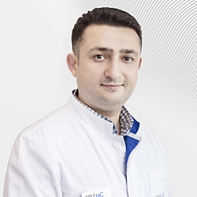
Safarov Perviz
-

Malyutina Elena
Doctor of the highest category, Doctor of Medicine, Professor
-
.jpg)
Karimova Elena
Ph.D. of Medical Sciences
-

Titov Petr
Head of the Anesthesiology and Intensive Care Unit of the Department of Cardiology and X-ray Endovascular Methods of Diagnosis and Treatment, Doctor of the highest category
-

Ermolaev Pavel
-
.jpg)
Danilenko Sergey
-
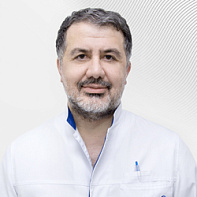
Kavteladze Zaza
Scientific Consultant of the Department of X-ray Endovascular Diagnostics and Treatment of EMC, Doctor of Medicine, Professor
-

Anikeva Evgeniya
Head of the Hospital of the Department of Cardiology and X-ray Endovascular Methods of Diagnosis and Treatment
-
Anastasiya Titova
SP is a specialist in the diagnosis of blood vessels of various localizations, as well as EchoCG, Doctor of the highest category
- Specializes in research of the cardiovascular system, including in the framework of surgical vascular pathology, as well as in such pathologies as ACS and oncological cancer
- Field of activity — ultrasound examinations of blood vessels in all regions
Total experience
17 years
Experience in EMC
since 2025
